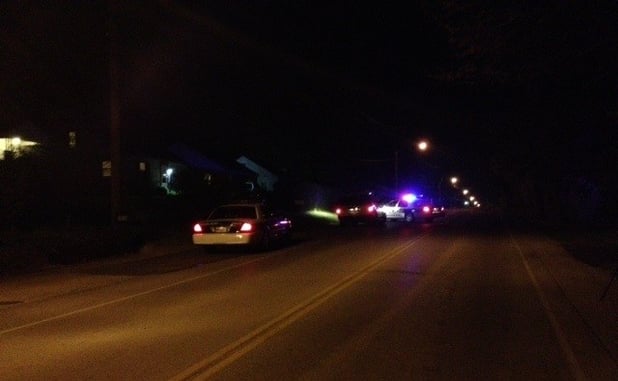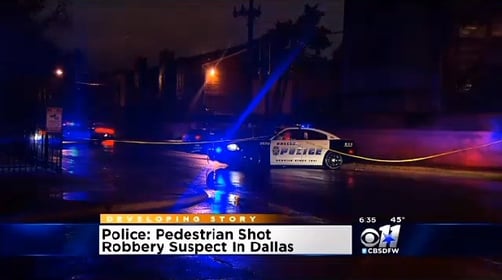One of the first questions I ask every student who comes to my class is, “why do you want to learn about firearms?” Nine times out of ten, the answer is similar to, “the world is becoming a dangerous place and I want to feel safe in my home.” Once you’ve taken a basic pistol course, you’ve learned how to operate your firearm, and along the way, gained a sense of accomplishment and empowerment that you didn’t have before, which is great. Now, it’s time to start planning and practicing those next crucial steps in your ongoing training.
Many times, people make the mistake of thinking that completing an NRA Basic Pistol course means that they’re good to go. In fact, all it really means is that you’re now qualified to start training and taking more advanced courses. In the meantime, you should take the opportunity to get to the range and start building good habits. Things we’ve talked about before, such as practicing drawing from concealment repeatedly, dry-firing, practicing good fundamentals should all be part of regular training. But, try upping your game. Think about what it would be like to face an attacker in your home.
I often like to do move and shoot drills, shoot from behind walls, and perhaps shoot while on my back or side. Now once again, start slowly. Teach your body what to do in a slow and controlled manner. We aren’t in any hurry at this point. We’re simply trying to learn how to operate a firearm in a real life-situation. The textbook isosceles stance we learn in basic pistol is a great position for precision shooting at targets, but it’s not generally going to be what you use in the home or in a close quarter self-defense scenario.
At my local range, we’re fortunate enough to have barricades available at each bay so we can practice shooting from behind concealment. Wait, Kelly, don’t you mean cover?? No! I mean concealment. Most barriers in the home are visual barriers only. Don’t depend on two sheets of drywall to stop a bullet. In fact, don’t expect couches, chairs, tables to stop most handgun rounds, either. That’s why it’s fun to practice shooting on the run, peeking out from behind a wall and taking a few shots at the target and moving to the next position, whatever you choose to do.
Another common scenario is confronting a home invader in the middle of the night. It could happen while you’re actually still in bed. So, take a blanket and practice grabbing for your handgun from your bedside holster, sitting up quickly and getting your sights on-target, without, of course, sweeping your knees.
In the course of planning your scenarios in your own home, please remember what we said about drywall. It applies to bullets flying from your gun as well as from that of the assailant. Think about where you’re shooting if you had to in the middle of the night if you were in bed. I know in my home, for example, there are certain directions that I can’t possibly fire. My daughter’s room is right next to ours. The foot of each of our beds faces the other with a wall in between. If I were to fire in any direction other than at my door, sending rounds into her room is a certainty.
Remember that basic pistol courses are really more of an introduction. Once you decide that you are going to make a firearm a part of your life, then you have embarked on a journey to become a protector. That requires practice and training. So, when you’re at the range, and if you have the opportunity to practice from different positions, different angles and so on, by all means, please do so. Seek out instructors. Take more courses about defensive pistol if you can. Not only will it make you a better shooter, but it can actually be quite a bit of fun. Never stop learning.














